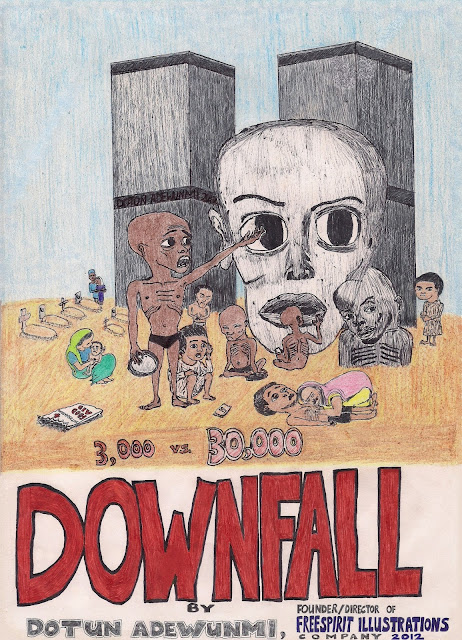2nd Class Citizens in a Patriarchal Society
February 1, 2021
After my last post, I didn’t know what else to write. I figured that would be it for the year. I found this infographic on my Facebook. It’s back from 2013 when the gangrapes in India were making headlines once again. Because their population is so huge, the number of victims of gender-based violence is so so shocking. Anytime I see content like this, it takes hours for me to get over it. It just affects me so much. That’s why I blog like once or twice a year. I’m done. Anyway, I’ve done my part. If you wanna help fight against gender violence against females all across the world, check out CARE, the guys who put this infographic together. Every little helps. It’s a new decade in the 21st century. Let’s continue making gender-based violence against females and gender inequality history.

Bride Burning
June 25, 2010
Thousands of women are killed every year on the Indian subcontinent in
dowry-related disputes. A dowry, is the money/valuables a bride brings
into her marriage from her family, often ranging from jewelry to even
entire homes. It typically is of seven times the value of the breadwinner’s annual salary. Dowry offering is an ancient custom across the Indian subcontinent, historically used to help the groom in providing for his family.
Gender inequality is deep-rooted among Indians because they have been and largely remain a patriarchal society. Thus, women have over centuries been regarded as inferior to men and therefore the custom of dowry offering has been kept
institutional. As is common throughout third world countries, marriage for women is predominantly not an option but a necessity for their economic survival, namely through men. Accordingly, the use of dowries has been exploited by male dominated societies in and around India upon realization of its lucrativeness.
With the rapid economic development in India for example, consumerism is establishing itself in society, resulting in exponential increases in dowry demands. What was once an act to aid the breadwinner of a household in his familial duties is now turned into a cash cow by indiscriminate, unscrupulous people. Families in turn have grown to abhor girls at birth, over the increasing fear of an inevitable exorbitant dowry to be paid later in their lives. Abortions quickly became widespread and Sonogram Clinics had a field day in sales over long periods of time.
In India, the result is recorded; over 1 million female fetuses were aborted in the decade from 1981 – ’91. The outcome of this today (in part) is the ratio of 793 girls to 1000 boys among the Punjabis. The storyline of the ‘Bride Burning’ comic strip is a common one. A husband harasses his wife for more dowry and gets infuriated when she doesn’t provide any. The case is even worse when she comes from a wealthy family, the husband and his family staunchly intend on exploiting as much as possible from her family. When the husband’s family realize they can’t/won’t get any more dowry, they either psychologically torture her to commit suicide or carry out her murder themselves. Perpetrators on the Indian subcontinent typically use kerosene and matches to burn brides alive, the reason being that the fuel is cheap and readily available throughout the region. The traditional sari attire worn by women is also easily flammable which speeds up the burning process.
Bride burning is hardly dealt with accordingly by the government because the law enforcement agencies are embedded with the very patriarchal values and traits of
gender inequality that shape societies on the Indian subcontinent.
Cases are not often officially reported though the events are
witnessed by many when they happen; of the few that are reported, hardly any of them get investigated; thorough investigations are a tall order as police officials often tamper with or destroy evidence during the exercise. Highly placed officials also commonly accept bribes to suppress pending cases of bride burning, the widespread mentality of people simply being bride burning to be of a private nature, a domestic affair. The above illustration is an address to the sustained prevalence of the calamity.
